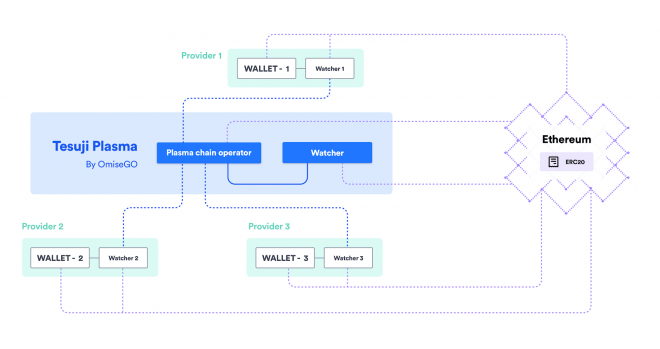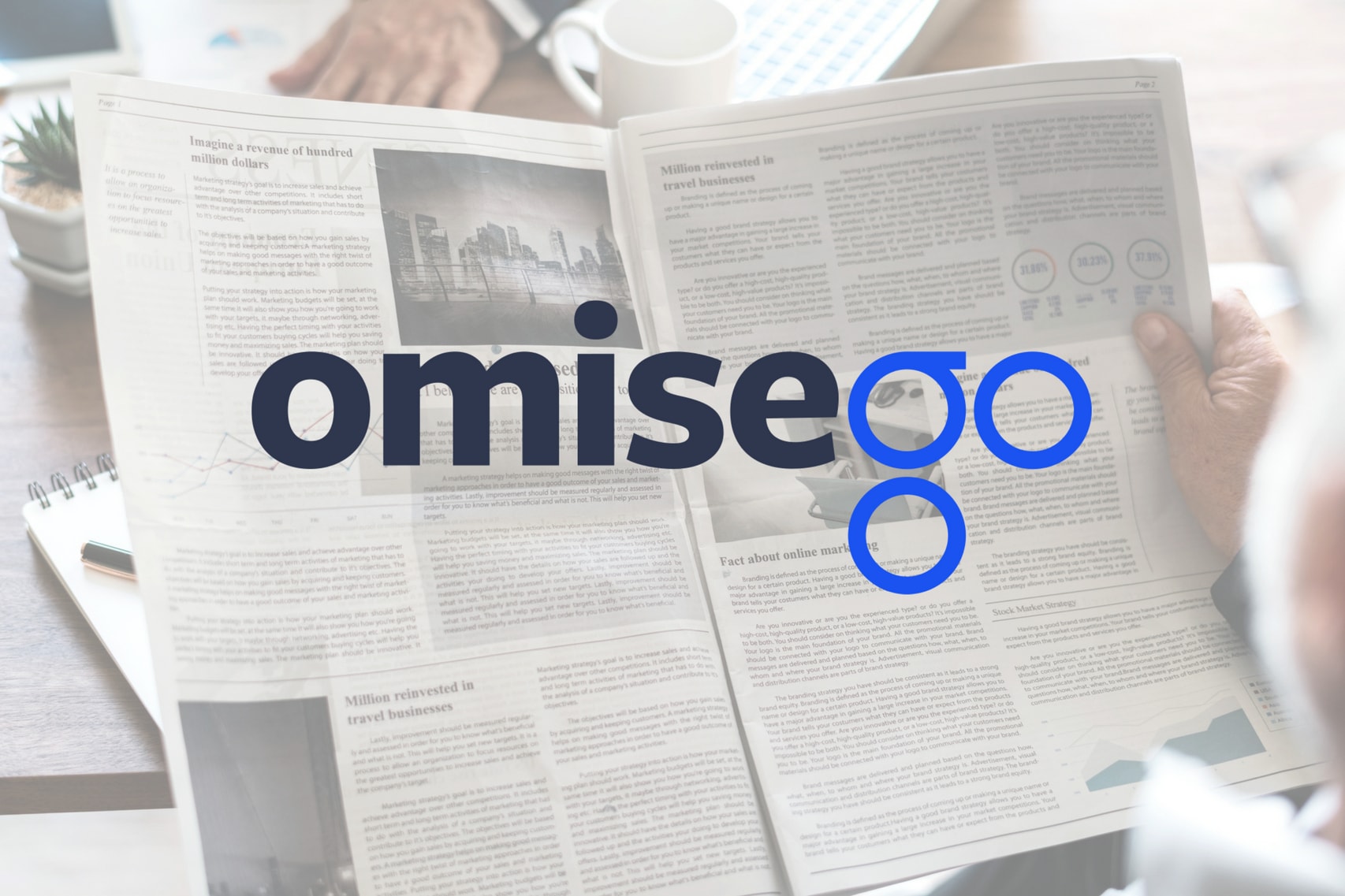OmiseGo (OMG) might have one of the best ticker symbols in the game, and they’ve had a busy 2018. Their recent developments have begun to close the gap between theory and pragmatic implementation.
Staying true to their slogan “Unbank the Banked,” here’s what OMG has been working on throughout August 2018.
eWallet Updates
OmiseGo continues to build out its infrastructure with the end user in mind, and they’re currently focusing their efforts on Point of Sale (PoS) applications. Before the dev team was able to work on this feature, their mobile Software Development Kits (SDK) had to be updated in order to work with the eWallet’s admin API. More information regarding these updates can be found in their GitHub repository.
Merchants with the PoS system will be able to interact with customer OMG eWallets, allowing payment and top-ups through QR code scanning. This means OMG users will be able to present their QR code when purchasing from an OMG merchant, as well as check their eWallet balances.
For more info on the OMG eWallet update, the eWallet team will begin bi-weekly updates alongside the Plasma team, alternating between the two each week. You can learn more about the technical work being done by visiting the OMG subreddit, and by watching their recent TownHall YouTube video.
Plasma Research
Since OmiseGo runs on top of the Ethereum blockchain, and Ethereum needs to solve their scalability problem, OMG has invested their resources into researching potential solutions.
One of those solutions is known as Plasma, which the Plasma whitepaper describes as such:
Plasma is a proposed framework for incentivized and enforced execution of smart contracts which is scalable to a significant amount of state updates per second (potentially billions) enabling the blockchain to be able to represent a significant amount of decentralized financial applications worldwide. These smart contracts are incentivized to continue operation autonomously via network transaction fees, which is ultimately reliant upon the underlying blockchain (e.g. Ethereum) to enforce transactional state transitions.
Over the course of August 2018, the OMG Plasma team has been working to improve some of the supplemental services required for Plasma integration. Their recent announcement provided a high-level overview of their work, citing it as “an improvement to fast withdrawals, additional work on mass exits, and more math around the economics of Plasma.”
They’ve also finalized some of the documentation surrounding the first version of their upcoming Plasma Design, More Viable Plasma, which they believe will prepare them for the formal verification of their contracts. Solving the scalability issue is a large, long-term task, and OMG announced they’ll be hiring more theoretical research team members to focus on the implementation of Plasma.
You can apply for the position on their Careers page, or by contacting Kelvin on Reddit. You can find more technical information on OMG’s Plasma research by clicking here.
OMG Network Repo
Although internal testing is still being conducted, OmiseGo publicly released an early alpha version of Tesuji, the foundation for the first iteration of the OMG network. Anyone interested can download the Child Chain Server and Watcher, allowing them to play with the unfinished, unstable version of Tesuji.
They reiterated in their blog post that it should not be used in any production setting at this point in time, and that they’ll be relocating it to a public testnet once it’s considered a safe move. Below is a simple diagram showing Tesuji’s place in the OMG network.

Integrating the initial version of the Tesuji Plasma protocol with the eWallet will allow users to create, manage, and exchange ERC-20 tokens with other users, as well as make deposits to the OMG Network. OmiseGo will act as the validator for the initial iteration, which will be Proof of Authority (PoA).
As the network matures, the team will continue working towards a Proof of Stake consensus model. All fees collected during the initial PoA phase will be used to buy OMG tokens, which will be burned thereafter. The team expects “breaking changes” to arise throughout the process, and invites any developers with questions to join in on the discussion. To find detailed information on Tesuji, check out their ReadME and source code here, and also read their application architecture description document.
For more information about the OmiseGo network, check out their website, read their whitepaper, follow them on Twitter, and subscribe to their blog.
Related: Should You Invest in OmiseGO (OMG)?

